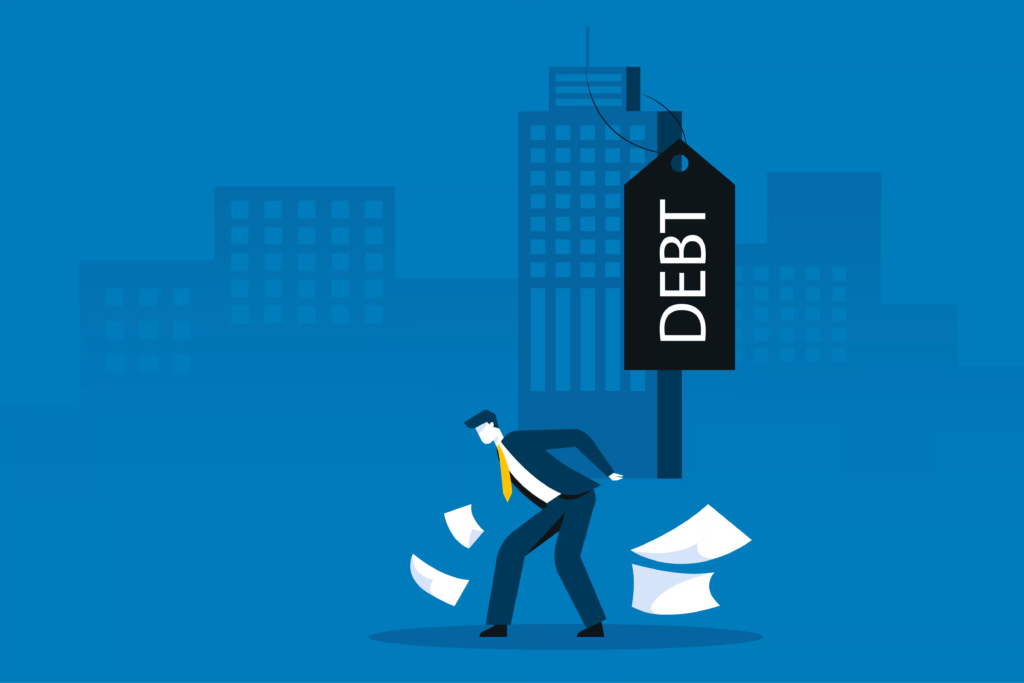Signs That Your Current Debt Trap Problem Is Worsening

We all use credit in some way. Borrowing money has already been deeply ingrained in modern society. Whether it’s swiping a credit card for groceries, taking out a loan for a new car, or paying the mortgage on our home, debt has become a common part of modern life, even in a place like Singapore with its calculated financial culture.
But sometimes, what starts as manageable borrowing can turn into a vicious cycle. This is when you have to take out loans just to keep up with your existing debts. Recognizing when you’re heading deeper into this rabbit hole is the first step to getting back on solid financial ground.
Here are five clear signs that your debt problem might be getting worse, and these signs are relevant no matter where you live.
1. You’re Using New Debt to Pay Off Old Debt
Think about it: are you taking out a new loan or using one credit card to pay off another?
In Singapore, this might look like getting a personal loan from a licensed money lender to clear your credit card bills or doing a balance transfer from one card to another.
While balance transfers can sometimes offer lower interest rates temporarily, if you’re constantly moving debt around without actually paying down the principal (the original amount you borrowed), you’re not making any progress at all. Your futile attempt at fooling the system will make you a fool in the end. And you don’t want that.
This is a classic sign of a worsening debt problem everywhere. It’s like running on a treadmill—you’re putting in effort, but you’re not actually moving forward. You’re just delaying the inevitable and potentially racking up more fees and interest in the process.
If your main strategy for dealing with debt is to get more debt, it’s a clear signal that your situation is deteriorating.
2. You Only Ever Pay the Minimum Amount Due
Look at your credit card statements or loan bills. Are you consistently paying only the minimum amount required each month? In Singapore, with the cost of living, it can be tempting to just pay the minimum on your credit cards to free up cash for other expenses. However, this seemingly small act can have big consequences.
The minimum payment is often designed to cover mostly the interest charges, with only a tiny sliver going towards reducing the actual amount you owe. This means your debt balance barely goes down, and you end up paying a lot more in interest over the long run.
If you find yourself in a position where you can only afford the minimum payment month after month, it’s a strong indicator that your debt burden is becoming too heavy for your current income. This is a universal red flag that your debt is growing, not shrinking.
3. Your Credit Utilization Is Climbing
Your credit utilization ratio is simply the amount of credit you’re using compared to your total available credit. For example, if you have a credit card with a $10,000 limit and you’ve charged $8,000, your credit utilization is 80%.
In Singapore, if you have multiple credit cards and you’re nearing the limit on most or all of them, your overall credit utilization is high.
A high credit utilization ratio signals to lenders that you’re heavily reliant on borrowed money. This can negatively impact your credit score and make it harder to get approved for loans or even better interest rates in the future.
If you notice that the amount you owe on your credit cards and lines of credit is steadily increasing relative to your available credit, it’s a clear sign that your debt problem is worsening.
4. You Need Credit to Cover Basic Living Costs
Think about your daily expenses. Are you finding it difficult to pay for essential things like groceries, transportation (whether it’s MRT and bus fares in Singapore or public transport elsewhere), or utility bills without using your credit card or taking out a short-term loan? This is a serious warning sign.
Ideally, your income should cover your basic needs. If you’re regularly relying on credit to bridge the gap between your earnings and your essential expenses—emphasis on essential— it means you’re spending more than you’re earning. This creates a cycle where you pile on more debt just to live, making it increasingly difficult to ever get out of the hole.
Whether you’re in Singapore facing the high cost of living or anywhere else in the world, needing credit for everyday necessities indicates a fundamental problem with your financial situation and a worsening debt trap.
5. You’re Avoiding Contact From Your Lenders
Have you started ignoring calls, emails, or letters from your bank or other lenders about overdue payments or your growing debt? This avoidance behavior—while understandable due to stress—actually makes the situation worse.
Lenders are usually trying to reach out to help you find a solution. Ignoring them can lead to late fees, higher interest rates, a negative impact on your credit score, and eventually, serious legal consequences.
If you find yourself actively avoiding communication about your debt, it’s a strong sign that you feel overwhelmed and that your debt problem is likely escalating. This is a common reaction to financial distress, but it’s crucial to face the issue head-on.
Wrapping It Up
Recognizing these signs is the first crucial step towards regaining control of your finances. If you find yourself in any of these situations, it’s important to take action.
Don’t wait until the problem becomes insurmountable. Seek advice from financial advisors or debt counseling services available in Singapore or wherever you reside. They can provide guidance and help you develop a plan to tackle your debt and work towards a more secure financial future.
Remember, getting out of a debt trap is possible with proactive steps and the right support.
![HITV APP Download [Apk] Latest Version [Unlimited Movies]](https://hitvofficial.com/wp-content/uploads/2024/06/cropped-HiTV-Official-3.png)